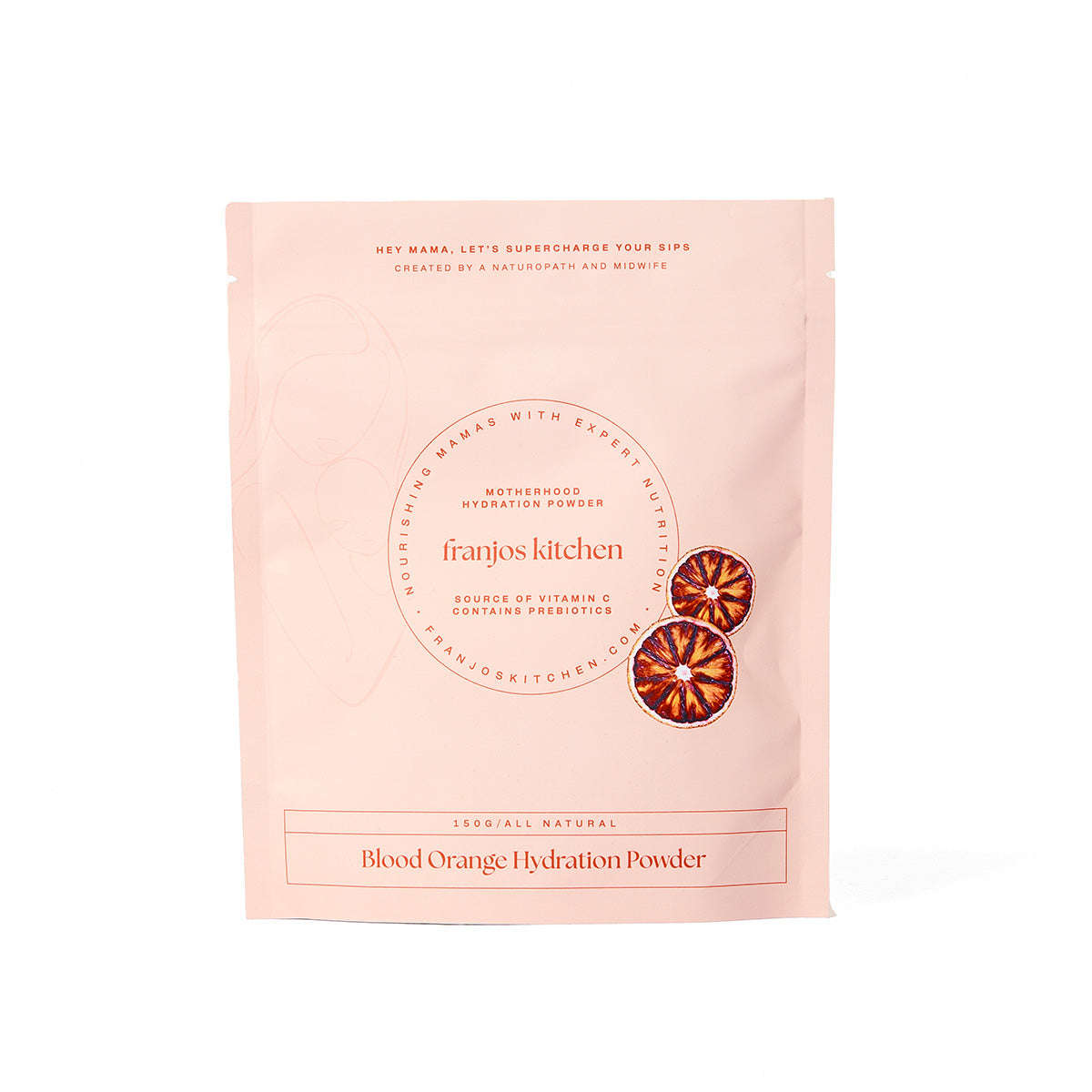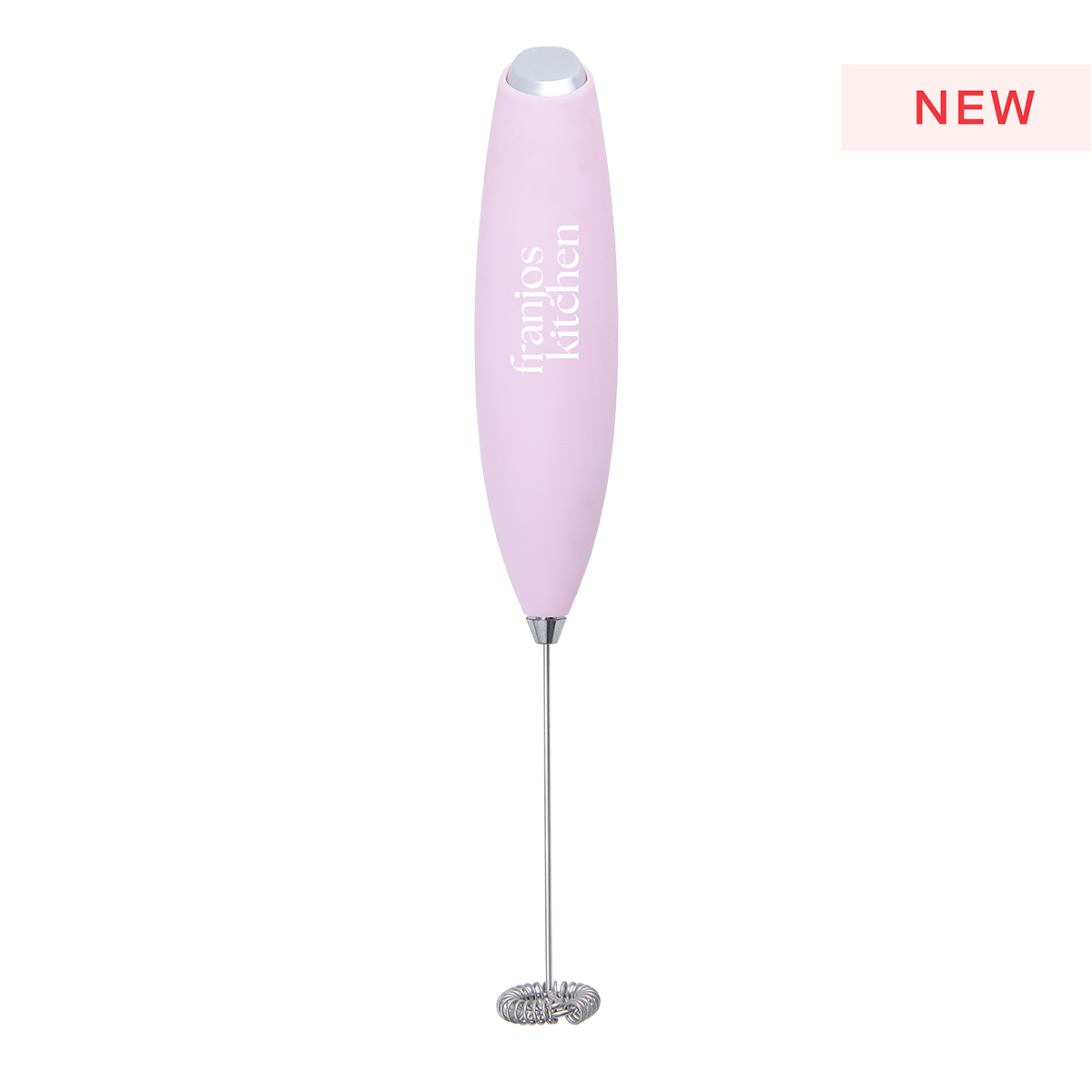More about spelt - a beautiful ancient grain
Spelt – a beautiful ancient grain
It’s Australia Day next week guys! So we found a beautiful vegan lamington recipe using this gorgeous grain and thought it was perfect to teach you a little bit more about it. We also have a great gluten free lamington recipe for anyone who is coeliac.
Spelt has so much going for it. It’s more nutrient dense than its cousin, ‘common wheat’ and easier to digest. We currently use organic wholemeal spelt flour grown in country Victoria for our Apricot and Ginger Belly Bump Biscuits. We are pretty excited too to say that we some other products in the pipeline that will be launched very soon using this lovely grain.
Check out the recipes here and enjoy X
Let’s learn a little more about spelt…
In the Mediterranean in the 1800’s Spelt was the staple grain being grown. Unfortunately, it was gradually replaced by the easier to grow and harvest ‘common wheat’.
In the past two decades however Spelt has received renewed attention thanks to the organic farming movement. It has a harder outer shell and can protect itself from pests and the elements so therefore requires less fertilizer and fewer pesticides. We are also seeing more and more people tolerating spelt better than common wheat so they are choosing it as a healthy alternative.
Here are the main reasons why we choose spelt:
- It is found to be generally far more tolerable and easily digested over common wheat. Why?
- The key difference is between spelt and wheat’s molecular structures of the protein gluten found in both grains. Spelt’s gluten strand is shorter and more brittle and therefore easier for the body to break down and digest in comparison to common wheat’s longer strand.
- Common wheat has an enzyme inhibitor (due to manipulation over the years) to fight off pests. This is good for farmers but not so good for us as we actually need enzymes to digest food. Spelt by nature does not need enzyme inhibitors.
- Like other ancient grains, spelt has not been manipulated to meet manufacturing needs. Our bodies recognise it as a food unlike many of the modified grains such as common wheat used today.
- Poorly digested gluten has been linked with increased inflammation in the body which is not beneficial for anyone.
- “Good digestion is vital for good health and if we can reduce the negative load and impact on the digestive system then this can make a massive difference to one’s health”.
- Spelt contains high levels of essential vitamins and minerals, antioxidants a wide range of essential amino acids (building blocks for protein). In many cases it contains a wider spectrum of these in comparison to its more inbred, modern cousins and family grain members. This is key for a healthy immune system and for overall health and wellbeing.
In summary, spelt and common wheat as we all know it are different grains but are from the same family. As outlined above their grain structures are very different which results in our bodies digesting, utilizing and tolerating them differently.
Thus, the anecdotal reports by many people claiming they feel so much better eating spelt as opposed to common wheat, makes scientific sense. It is the old fashion nature of the spelt grain that makes it naturally better for you than wheat.
Please note that spelt is not ‘gluten free’. Although the gluten is easier to digest in spelt true Coeliacs and gluten intolerant people will not be able to tolerate it.
Here are two great Aussie Day Lamington recipes that we love. One spelt based and vegan and the other gluten free with eggs. Pick one that suits you and enjoy!!



